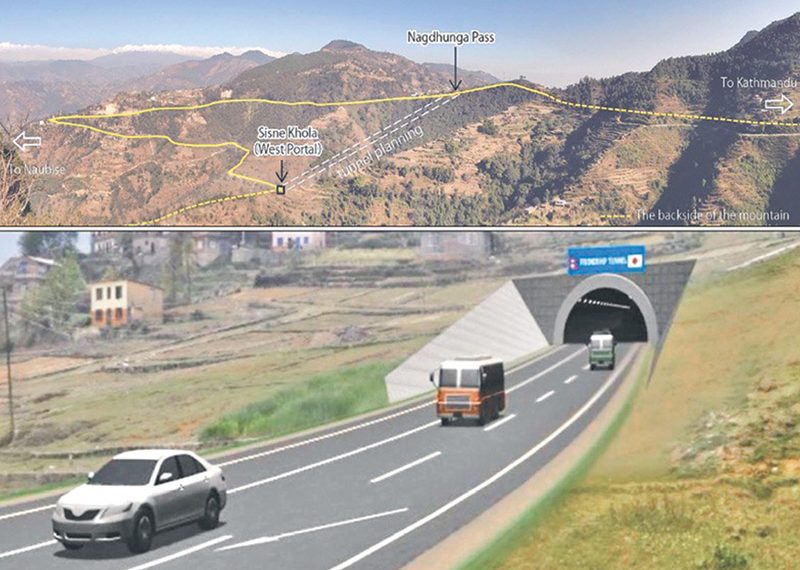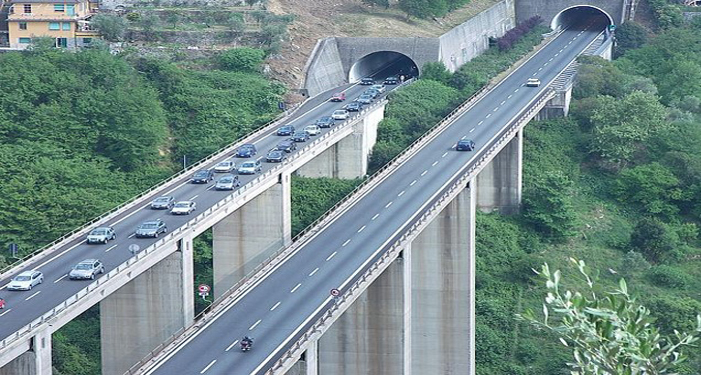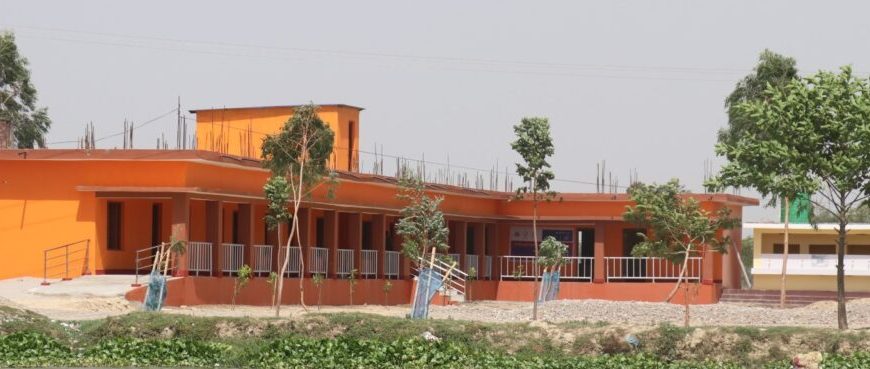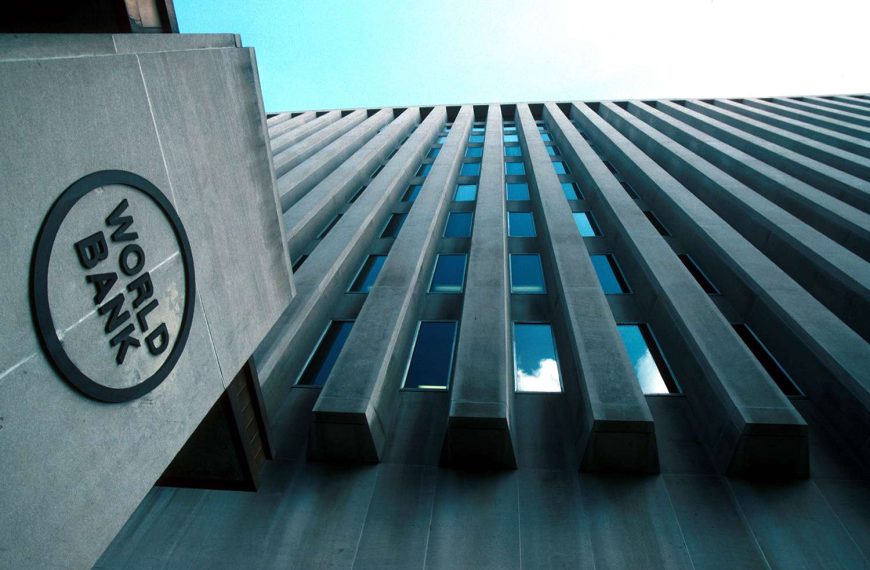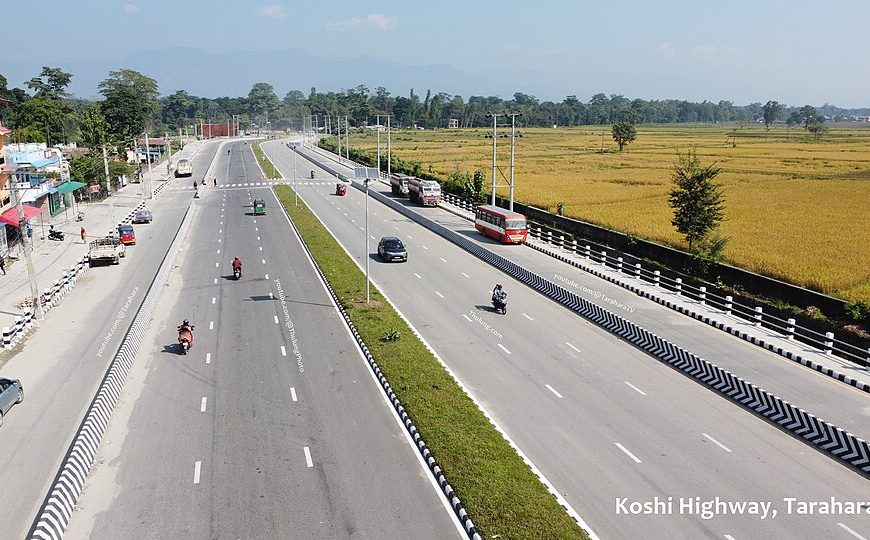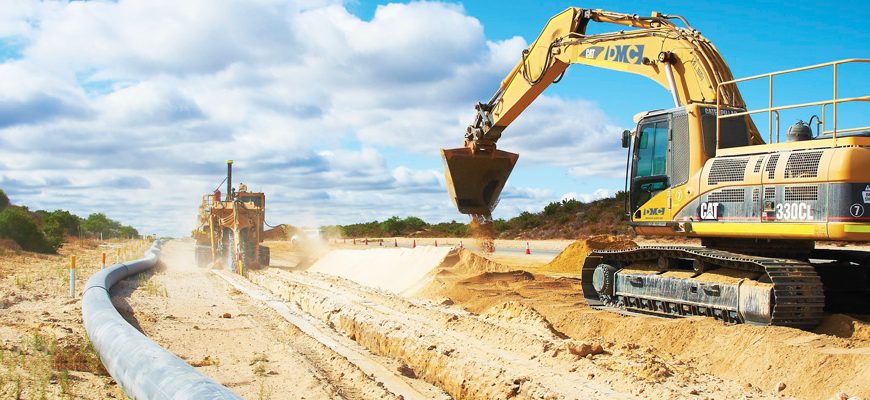Nepal’s construction sector has experienced a notable resurgence, with a 9.1% growth in the second quarter of the fiscal year 2024/25. However, this recovery is juxtaposed with a concerning rise in non-performing loans (NPLs) within the sector, reaching 7.28% in FY 2023/24—the highest among all industries.
Key Factors Contributing to Elevated NPLs
- Delayed Government Payments: Contractors involved in publicly funded projects have faced significant delays in receiving payments, leading to cash flow challenges and subsequent loan defaults.
- Economic Slowdown: The lingering effects of the COVID-19 pandemic, coupled with global economic uncertainties, have dampened construction activities, affecting the sector’s ability to service debts.
- Ineffective Loan Restructuring: Despite Nepal Rastra Bank’s (NRB) efforts to allow loan restructuring and rescheduling, these measures have not sufficiently curbed the rise in NPLs within the construction industry.
- Collateral Recovery Challenges: Banks have encountered difficulties in auctioning pledged assets due to legal and procedural hurdles, impeding the recovery of defaulted loans.
Implications for the Financial Sector
The surge in NPLs has strained the financial health of banks, necessitating higher loan-loss provisions and eroding profitability. As of mid-January 2024, the average NPL ratio across banks stood at 4.92%, up from 3.86% the previous fiscal year.
Recommendations for Mitigation
- Timely Government Disbursements: Ensuring prompt payments to contractors can alleviate cash flow issues and reduce defaults.
- Enhanced Risk Assessment: Banks should strengthen their credit appraisal processes to better evaluate the viability of construction projects.
- Legal Reforms: Streamlining legal procedures for collateral recovery can expedite the resolution of defaulted loans.
- Diversification of Projects: Encouraging a mix of public and private sector projects can distribute risk more evenly across the construction industry.
Addressing these challenges is crucial for sustaining the growth momentum in Nepal’s construction sector and ensuring the stability of the broader financial system.






